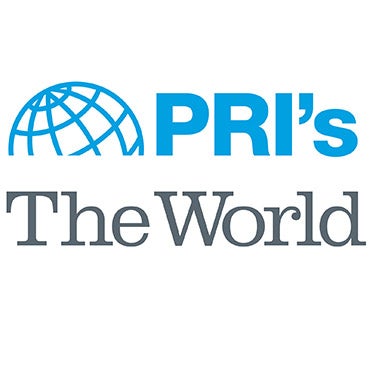Hospital emergency preparedness, then and now
It can be easy to forget how far we have come sometimes. With the 10-year anniversary of 9/11 upon us, I find myself contemplating the improvements in hospital emergency preparedness over this past decade.
Prior to the terrorist attacks on Sept. 11th, 2001, acute-care hospitals maintained generic disaster plans, typically based on scenarios such as a fire in the building, or perhaps a loss of utility power in an operating room.
Today, nearly all hospitals in the United States have developed comprehensive emergency operations plans. These plans include strategies such as “Hazard Vulnerability Analysis,” where a multi-discipline team of subject matter experts consider incidents that are likely to occur, impact to the hospital given an occurrence, and the preparedness capabilities of the hospital to respond to such occurrences. Following the analysis, plans are designed that focus on preventing or mitigating the impact from likely events. Then, response plans are developed that directly address the anticipated effects of an occurrence. Finally, training programs are put in place to ensure that employees are familiar with emergency plans and that they can implement the plans if needed.
Ten years ago, a typical “disaster drill” at a hospital was rarely more complex than a standard fire drill. Modern disaster exercises incorporate extensive collaboration with first responders including law enforcement agencies, fire departments, Hazmat teams, and EMS crews. Each year hospitals conduct various types of exercises to evaluate preparedness for catastrophic events. We consider scenarios that might result in a significant surge of patients, such as a pandemic outbreak. “Shelter-in-place” strategies continue to evolve as we learn from emerging best practices associated with severe weather events such as tornados, hurricanes, and regional flooding.
One of the greatest lessons learned in the wake of 9/11 was that information delivery must be coordinated, and that redundant communications systems are necessary. I am pleased to see that communications have improved dramatically. Today, in addition to traditional phone lines, hospitals employ internet-based communications systems that can aid the rapid sharing of critical information among multiple partner agencies with the click of a mouse. Even in a worst-case scenario, such as a protracted regional phone system outage or wide-spread utility power failure, we now have battery-operated satellite telephones and amateur (HAM) radios. These options provide us a means of communication even if the regional infrastructure is compromised and traditional paths of communication like phone lines are unavailable.
In an effort to promote collaboration, most hospitals throughout the country have adopted the National Incident Management System (NIMS). This system provides a standardized, proactive approach to incident response and event management. Adoption of a standard methodology ensures that different organizations build their emergency plans in ways that promote integration, leading to better communication among responding agencies during a disaster. This integration has fostered improved relationships between hospitals and Municipal, County, and State government Offices of Emergency Management (OEM). Now, when various agencies are called upon to respond to a disaster, stakeholders may draw from established partnerships rather than meet for the first time at the incident scene.
When the United States responded to the anthrax attacks October 2001, many hospitals found themselves inundated with public concern. Citizens wanted to know how they could protect themselves, and in many cases wanted immediate access to doxycycline and ciprofloxacin, pharmaceutical products dispensed to treat anthrax exposure. In Hamilton, N.J., where postal employees were exposed to anthrax, 1,500 postal workers required treatment. Robert Wood Johnson University Hospital Hamilton responded, however not without challenges. Pharmaceutical supplies were limited and procurement was difficult given the scope of need. Additionally, the hospital had to ensure regulatory compliance associated with dispensing these medications.
In 2002, the U.S. Department of Health and Human Services Health Resources and Services Administration (HRSA) established the National Bioterrorism Hospital Preparedness Program. The program’s priorities included improving hospital surge capacity, decontamination capability, and isolation capacity, as well as supplementing pharmaceutical supplies. Today, hospitals have staff trained in decontamination procedures and have access to pharmaceutical stockpiles in the event that mass-prophylaxis is required. Through Federal grant opportunities, hospitals have been able to augment their cache of emergency supplies and in many cases have been able to pursue purchases that might not have been economically feasible without assistance from HRSA.
We have come a long way. When you think about your local hospital, you might not immediately consider how they are prepared to respond to the next terrorist attack, public health emergency, severe weather event, or earthquake. In the 10 years following the worst attack on U.S. soil, hospitals have made impressive strides to ensure that they are prepared to face adversity. Unfortunately, we cannot predict when the next critical incident will occur, or what it might be. Even though we may not see what lies ahead of the curve, I am confident that the all-hazards approach adopted by hospitals over the past decade has better positioned them to respond to future emergencies.
Mark Lambdin is Director of Emergency Management at Robert Wood Johnson University Hospital in Hamilton, N.J.
WHYY is your source for fact-based, in-depth journalism and information. As a nonprofit organization, we rely on financial support from readers like you. Please give today.

